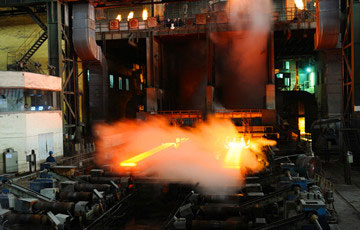Like China, South Korea is the main target of US anti-dumping. During Janurary to July 2016, US steel exports to South Korea is 2.38 million tons in total which is up by 21.1%. Faced with the increasing cases of United States Anti-dumping for exports from South Korea, Korea Chamber of Commerce jointly US Law Firm and a local YulchonLLC Law Firm is take a seminar to provide free guidance for the Korean small and medium steel enterprises to deal with the US anti-dumping. This seminar attract about 120 participants.
This seminar aims to provide the latest state of the US trade case for small and medium steel mills, as well as provide recommendations and policy processes when they export the product under review. It also suggest the participants must be familiar with the United States Trade Act. If the trade act allows the US Department of Commerce does not provide supporting documentation of the surveyed enterproses levy was charged with the highest anti-dumping duties. Currently, Korea's major steel mills have established internal compliance team to face the foreign trade survey. This can effectively take legal action in major steel mills, but for small and medium steel mills is very difficulties.
According to the Korea International Trade Association, the United States impose anti-dumping and countervailing duties from South Korea 13 kinds of steel imports. Since last year, there are three kinds of anti-dumping measures from the US Commerce Department. South Korean HRC exports to the United States as a country is accused of the larges, highest final countervailing duty, Posco and Daewoo International is up the 57.4%, Hyundai Steel and other Korean Company was 3.89%. Hyundai Steel anti-dumping duty is 7.49% and 3.89% Pohang. Compared to China, the US anti-dumping and countervailing duty imposed on Korean steel obviously much lower. The US anti-dumping measures by the South Korean mills have turned to alternative marketing efforts from traditional markets such as United States to new markets such as Southeas Asia. In this year, South Korea exports hot rolled coil and cold rolled coil to Southeast Asia significantly increased.

